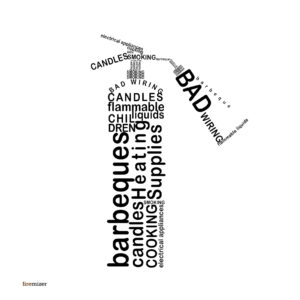How to keep Your Pets Fire Safe?
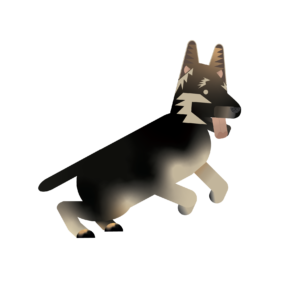 On cold days there is nothing better than sitting in front of a warm fire or enjoying summer evenings sitting outside by the fire-pit. What makes this even better is sharing it with your four-legged friends. As it is national pet month we thought to share some tips an precautions you can take for keeping your home fire safe for your pets.
On cold days there is nothing better than sitting in front of a warm fire or enjoying summer evenings sitting outside by the fire-pit. What makes this even better is sharing it with your four-legged friends. As it is national pet month we thought to share some tips an precautions you can take for keeping your home fire safe for your pets.
Prevent Fires
- Pet-proof your home. Check your home for any items that a pet could accidentally trigger a fire, for instance, items that could be knocked over, candles, loose wires, stoves/ knobs and plant lights.
- Extinguish open flames. You should never leave open flames unattended especially if you have a pet that can knock items over easily. Perhaps use a flameless candle or other alternatives.
- No climbing. Discourage pets from climbing on work surfaces, especially in the kitchen. Cats tend to be quite curious and placing a stove knob cover could help prevent fires.
- Chose ceramic over glass. If you leave food or water outside don’t use a glass bowl as this can create a magnifying effect and start a fire from the suns rays. Ceramics are safer and just as sturdy.
Prepare for the worst
 Practice escape routes with your pets and make sure collars ID tags, microchips are up to date and their leash is readily available if you have to make an escape.
Practice escape routes with your pets and make sure collars ID tags, microchips are up to date and their leash is readily available if you have to make an escape.
Use pet alert window stickers. These nifty stickers are placed on your windows at the front and back of your house to let firefighters know how many pets are in your home and their names. Should anything happen this can save firefighters time when looking for your pets.
Keep Puppies and kittens secure, since they are so young they will want to explore the house, especially when you are out. To keep them out of mischief, keep them confined to a safe area.
For your older pets, it is best to make note of where they like to hide. This can help save you time if you need to leave the house in the event of a fire.
Animal specifics
Other than using common sense and having the essentials at hand, for instance, food and water. Here are some extra tips to help your pet in case there is a fire.
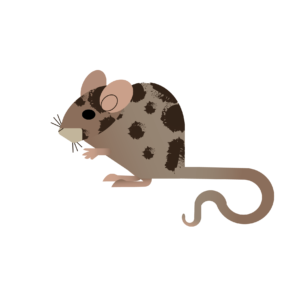 Birds – get them accustomed to being in a bird carrier, drape a damp sheet over the carrier to block out soot and dust as their lungs are fragile.
Birds – get them accustomed to being in a bird carrier, drape a damp sheet over the carrier to block out soot and dust as their lungs are fragile.
Cats – get them accursed to a carrier as this is crucial to get them out the house fast. Keep their collar and microchip updated.
Dogs – keep their collar and microchip up to date and include your contact information. Keep them on a leash so you don’t get separated. If possible install a doggy door so in anything happens while you are out they can escape safely.
Fish – keep emergency supplies, for instance, spare tank, sponge filters, heaters and portable power supplies. Don’t scoop your fish with leaving the house as the shock could kill them. Let the firefighters know where it is so they can prioritise that room for extinguishing.
Rodents and small mammals – either use a carrier or a cloth bag to transport your pet. Keep your pets in separate carries if possible just in case they need to be in there for a longer period of time.
Snakes – they are quite comfortable in a cloth bag that has a suitable latch so they don’t escape. If it is cold they’ll need a heat source so prepare a heat pad in your bag.
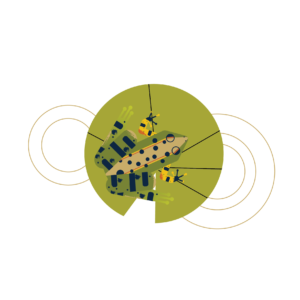 Frogs – have quarantine tanks ready for an emergency, if it is cold it will need heating and insulation. Use a heating pad, towels or extra clothes to wrap around the tank. If you can’t access Clean water make sure you have a few bottles or spray bottles.
Frogs – have quarantine tanks ready for an emergency, if it is cold it will need heating and insulation. Use a heating pad, towels or extra clothes to wrap around the tank. If you can’t access Clean water make sure you have a few bottles or spray bottles.
Did you know that Firebuilder is pet-friendly as well as child-friendly? As it is made only from recycled cardboard and contains no other chemicals it is perfectly safe if your dog decides to have a chew!
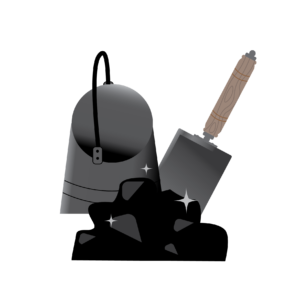 Coal and Multi fuel stoves
Coal and Multi fuel stoves Orangutan
Orangutan Octopus
Octopus Emperor Penguins
Emperor Penguins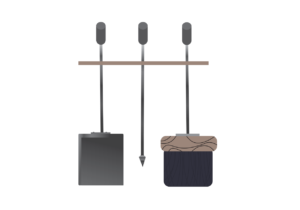 Tools
Tools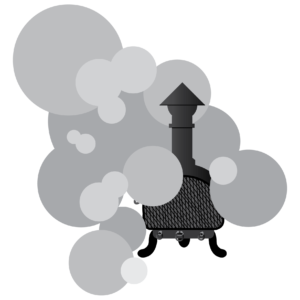 Air pollution
Air pollution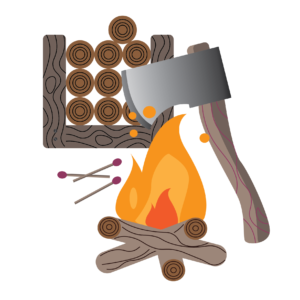 Wood fuel and moisture content
Wood fuel and moisture content 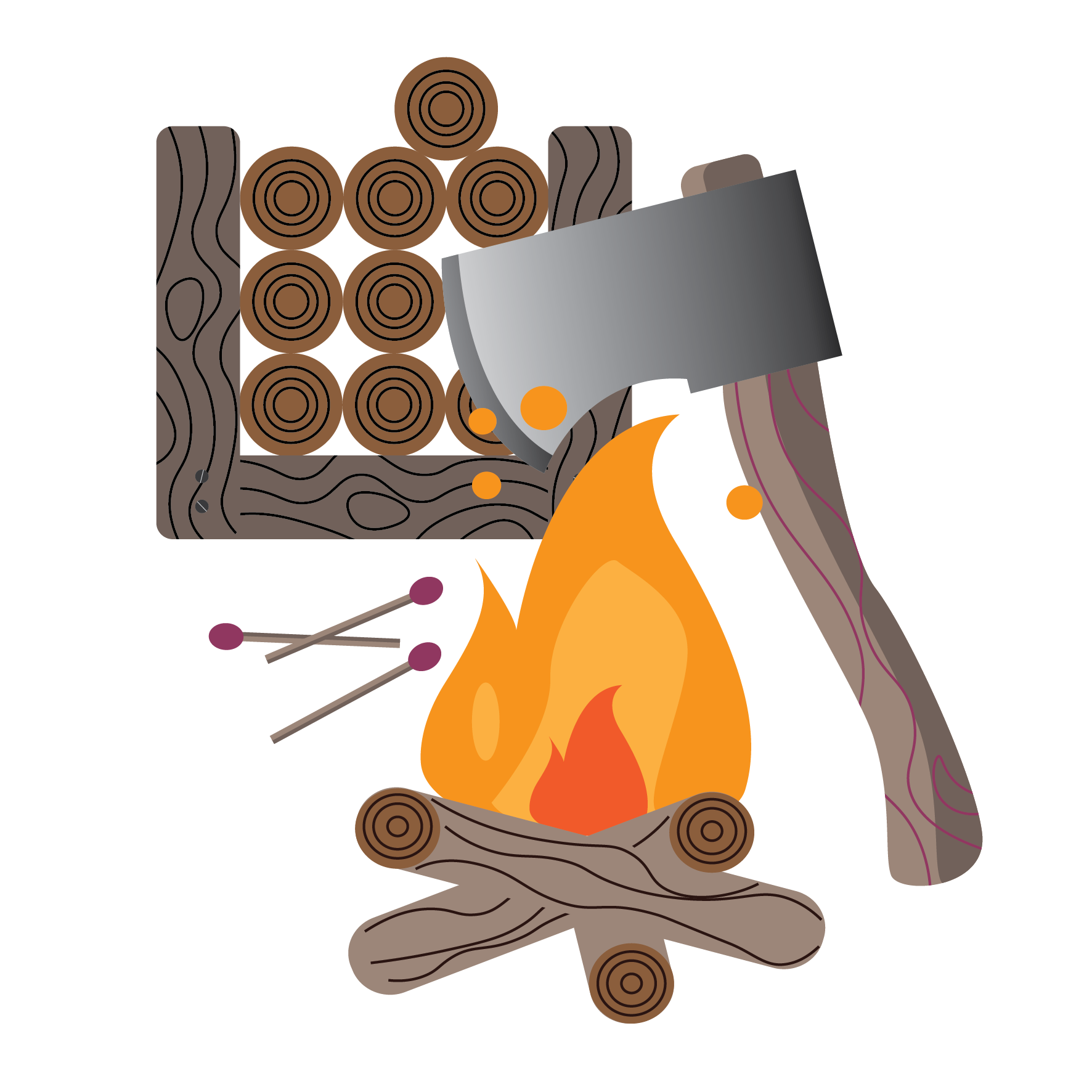 However, if you are using
However, if you are using 

